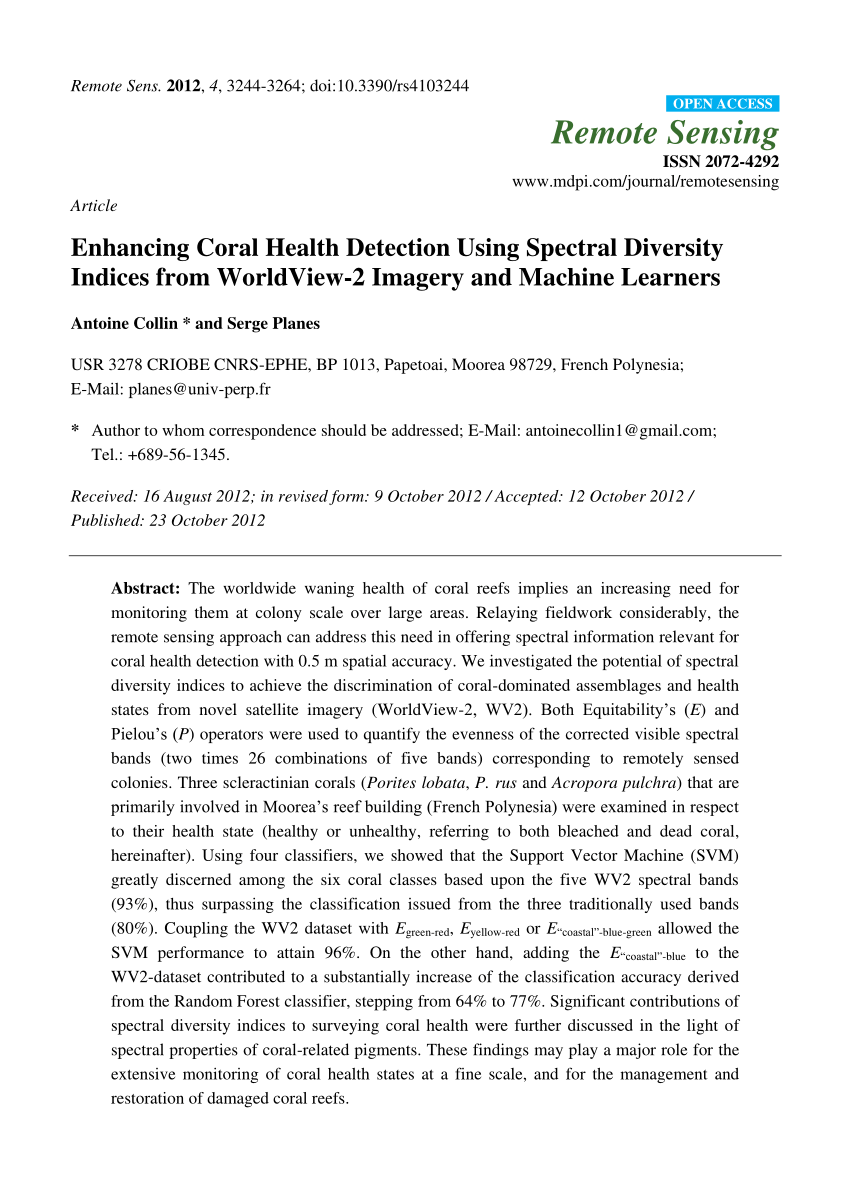hey guys,
after reading this, looking at the chlorophyll a and c2 charts for absorption, and watching recent brs investigates on light spectrum (led to match proven/good looking t5 bulb combos), I was thinking about swapping out some of my led's for different colors.. for three reasons, possibly more growth, better/more coloration, and better blend for viewing …
currently : coolwhite, warmwhite 2700k, red 660nm, green 520nm, blue 460nm, royal blue 450nm, and purple 410nm,
I was thinking about getting these leds' to replace a few of the ones I currently have
a few 585nm yellows for chromoproteins, (coloration) - does warm white count as a yellow light?
430nm indigo (viewing, coloration, and growth) ….however if its said that 420 is the same as 400nm, then maybe my 410nm is the same as 430nm.. I was aiming for peak chlorophyll a absorption.
400nm possibly as well (coloration)
510nm possibly .. (for more growth? or even viewing of overall blue spectrum)
UV 360-385nm- ive heard many sources say its potentially bad/uneeded, or doesn't help corals at all, actually restricting growth - (more coral color for less growth?) - I use a glass top too, will this diminish its effects anyway?
maybe one 630nm for chlorophyll c2 (growth) .. perhaps my 660 nm is good enough
is it possible that getting new led's for peak chlorophyll absorption might be redundant, based on chlorophyll already fulfilling corals needs (through intensity of near correct nm), or is there more potential with correct nm
my corals are growing, I just wanted to maximize my color for corals through lighting and even the viewing area of my tank.
If I were to build an LED light, I'd use these LEDs. I'm discussing spectral quality, not intensity:
365nm - The same output, more or less, of the mercurt spike seen in lamps containing mercury. I have some evidence that this can slightly increase coloration in some corals.
400nm - Has some UV-A as well. Useful in photosynthesis and color generation.
420nm - Same as 400nm, without the UV.
470nm - The universal light for showcasing coral fluorescence.
510nm - Absorbed by the accessory pigment peridinin and transferred to special chlorphylls in reaction centers.
587nm - There is some evidence that yellow light can generate red chromoproteins in corals.
Cool/Warm White LEDs - Provides blue and red light, along with some green. Useful in photosynthesis and is reflected by fishes, making them appear 'natural.'
730-740nm - Selectively absorbed by Pigment 700 found in Photosystem I. Possibly helps in reducing light-induced stresses in high light situations.
after reading this, looking at the chlorophyll a and c2 charts for absorption, and watching recent brs investigates on light spectrum (led to match proven/good looking t5 bulb combos), I was thinking about swapping out some of my led's for different colors.. for three reasons, possibly more growth, better/more coloration, and better blend for viewing …
currently : coolwhite, warmwhite 2700k, red 660nm, green 520nm, blue 460nm, royal blue 450nm, and purple 410nm,
I was thinking about getting these leds' to replace a few of the ones I currently have
a few 585nm yellows for chromoproteins, (coloration) - does warm white count as a yellow light?
430nm indigo (viewing, coloration, and growth) ….however if its said that 420 is the same as 400nm, then maybe my 410nm is the same as 430nm.. I was aiming for peak chlorophyll a absorption.
400nm possibly as well (coloration)
510nm possibly .. (for more growth? or even viewing of overall blue spectrum)
UV 360-385nm- ive heard many sources say its potentially bad/uneeded, or doesn't help corals at all, actually restricting growth - (more coral color for less growth?) - I use a glass top too, will this diminish its effects anyway?
maybe one 630nm for chlorophyll c2 (growth) .. perhaps my 660 nm is good enough
is it possible that getting new led's for peak chlorophyll absorption might be redundant, based on chlorophyll already fulfilling corals needs (through intensity of near correct nm), or is there more potential with correct nm
my corals are growing, I just wanted to maximize my color for corals through lighting and even the viewing area of my tank.
















